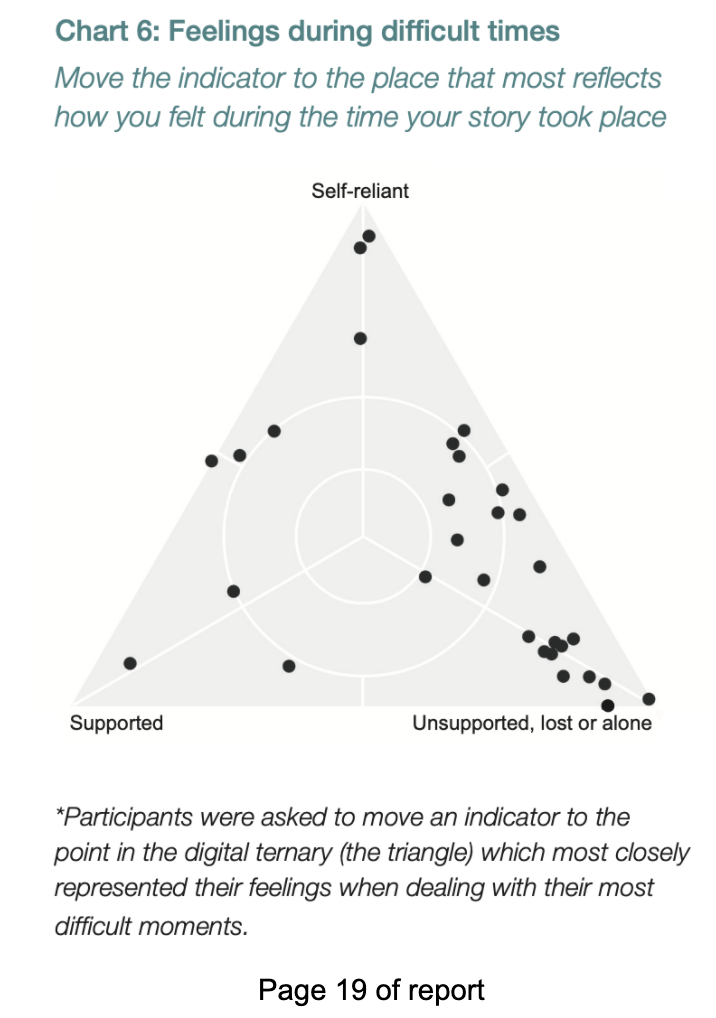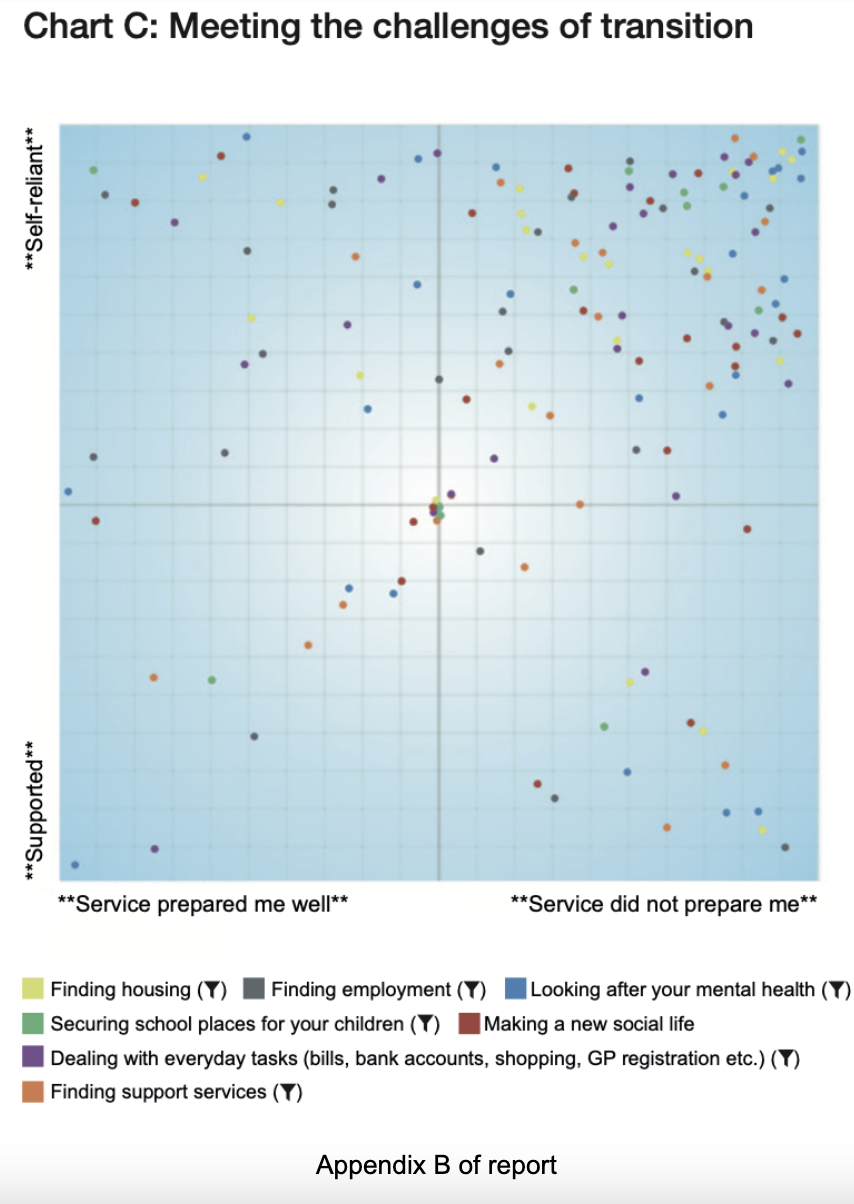Qualitative Ethnographic Research conducted using Spryng


Method
Many existing digital tools associated with ‘digital ethnography’ fall far short of the principles required of good ethnographic research and simply turn into run-of-the-mill data collection exercises with participants responding to prompts around pre-determined questions by uploading digital materials (pictures, videos etc.) and providing light commentary. This looks more like a dispersed focus group than anything truly ethnographic. What scope there is for more exploration and investigation, using these tools, is limited to some real time follow-up questions and prompts from afar, rather than the wholesale explorative, environmental and participant-driven shifts in direction that face-to-face ethnographers would be allowed to engage in whilst in the field.
Instead then, an online platform was chosen that allowed research participants to create ‘auto- ethnographies’. This involved each participant writing a series of personal, reflective stories and anecdotes around loose prompts, and then answering a series of questions which asked them to consider these stories according to various analytical frames. Since the stories and anecdotes shared by participants were largely unstructured, and were interpreted individually, it was felt that this approach remained closer to the ethnographic ideal than simply prescribing homework from afar in order to meet pre-determined output requirements or pre- determined analysis frames.
Data Collection
Each participant was asked to complete 5 ‘tasks’, using digital channels, exploring different overarching themes. The tasks involved writing a story about their own transition journey out of the armed forces and into civilian life, and then answering a short series of fixed questions.
These themes were presented as broadly inclusive. ‘Story prompts’ invited and encouraged participants to write whatever it was that they felt they needed to say or tell. The structure of some of the fixed questions in the tasks also differed from those that might be found in a traditional survey. Each question was presented as an opportunity to reflect on the narrative account the participants provided, meaning that, unlike traditional surveys, the answers came with context embedded. Furthermore, many involved using tools that require more thinking than simply ticking boxes in a list. Visualisations of the aggregated findings form these tools can be found throughout the report.
The analytical tools provided in the digital platform literally embed the long-form personal narratives within the various graphs that the more static questions give rise to. For the purposes of analysis it has meant that we were able to add greater context to the findings.
All expressed hope that by telling their stories in such a personal way they could make a positive difference for future service leavers, and all wished to be informed when the report was made public. The camaraderie felt for those who would follow was heartfelt and genuine.
The strength of Spryng as a tool for ethnographers, lies in its focus on story-telling. Each research participant must provide a thoughtful and reflective narrative each time they respond. The analytical tools then provide a way of making sense of those stories in ways that aid the specific goals of any given programme of work.
